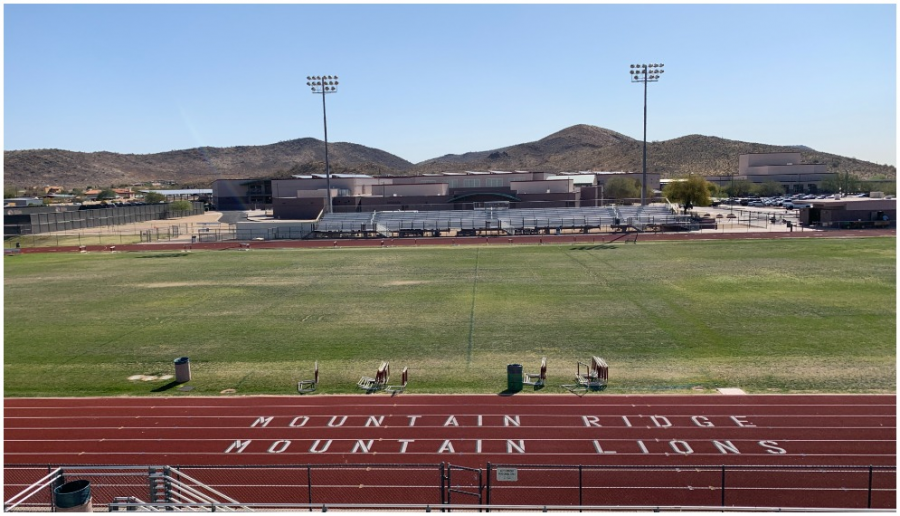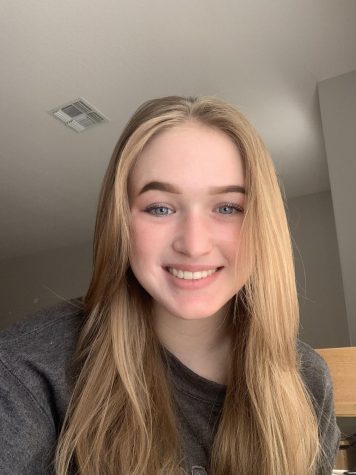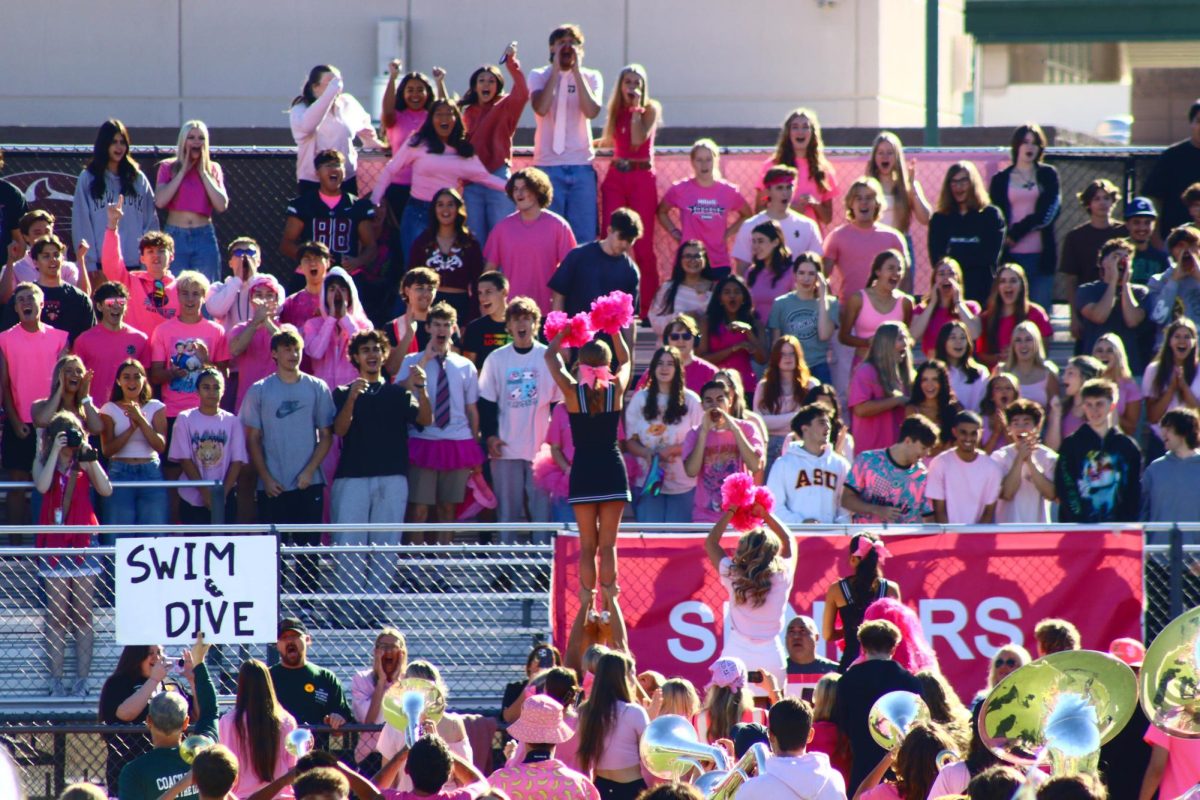New Turf: An Inside Look with Mr. Michael
May 18, 2021
Things are evolving on the MRHS campus—specifically, the football field is getting new, artificial turf.
The decision to get artificial turf was made at the district office and voted on by the governing board, and the community voted for the bond. However, all of this wouldn’t have happened without input from the schools.
“This is a thing that schools have been voicing,” Mr. Michael, the athletic director here at MRHS, said. “Because other schools across the state have it, they don’t have to have some of the challenges we have here: just maintaining the grass, and that’s resources from paying for seed, water, fertilizer, human capital—people going out there to maintain it, to mow it, to water it, to fix the sprinklers. Overall, it’s just one of those things where having the turf is more reliable because it doesn’t die like the grass does.”
After all, once grass dies, it’s difficult to revive it since the ground becomes hard, packed dirt. This is problematic for both the players and the field, especially considering Arizona’s dry and unforgiving climate.
Though rain is nearly nonexistent here in Arizona, the few times that it does rain, the ground is so dry and packed that no water can permeate it, thus creating puddles and floods. However, Michael believes that turf will significantly decrease the slickness of the field during these situations.
On top of the cosmetic and economic benefits, there are environmental benefits to artificial turf, as well. Real grass requires a lot of water a few times a day, seven times a day. In a dry state, this is concerning for obvious reasons; most importantly, the state doesn’t have an endless supply of water.
“We’re definitely going to reduce the amount of water we’re using because, instead of having a good amount of sprinklers on, all of them shooting up and firing away five-six-seven days a week, now three times a week, it’s just one wheel—you’ve probably seen them on farms—that goes through with just enough water to settle everything that needs to settle, and then cool down the playing field because it heats up,” Michael explained.
The installation of the artificial turf by the company is scheduled to be finished by mid-June. The new turf should last for at least a decade.
“At that point, [the company] would come evaluate what kind of repair work or replacement that needs to be done,” Michael said.
The company assures that the turf material is of good quality, as well as the mat they use for shock-absorption. As for the overall performance of the players, Michael isn’t sure the turf will make much of a difference, but he’s hopeful that it will lead to fewer injuries now that there is a shock-absorption layer.
“Performance-wise, I don’t know if we’re going to play better, but it is pretty cool—I think our players will be excited to play on it . . . my personal concern is how it’s gonna be easier to maintain and because our kids are not playing on that hard, packed dirt when the grass dies,” Michael said.
Kim Rodgers, the athletic director for Ridge, notes that there will most likely still be injuries, albeit different ones.
“There will be some changes; we will see different skin conditions, like abrasions and things like that due to turf, where with grass you may not see it depending on the status of the field. Over the years, the data has not always been consistent on whether or not it increases knee and ankle injuries and things like that, so we’ll have to look at that as we go and compare it to past data.”
However, there won’t be as many injuries relating to the hard, compact ground.
“The benefit of it is you’re not going to get divots in the ground or the sprinkler head issues where we get some of our injuries,” noted Rodgers. “Also, we shouldn’t see as many of the overuse injuries, like with our practice fields: the ground was so compact and hard that we’d see a lot of foot and lower-leg issues.”
More coaches and their respective teams will also be able to be on the field at the same time, whereas they couldn’t before with grass.
“I anticipate things just being a little different as we transition from one to the other, but I’m really looking forward to it. Our coaches are looking forward to having more access to the field because we won’t have to limit the number of people on it because of the grass,” Rodgers said.
Coach McEowen agrees that getting artificial turf is exciting, and that it will conserve a lot of resources.
“Turf is much easier to maintain than real grass. While turf gets hot and requires water to cool it down it is nowhere near the same level of maintenance as real grass. This allows all sports to practice on the turf field without worry of damaging it.”
McEowen played on artificial turf during college, and he feels like it’s a good step in the right direction to have artificial turf at Ridge.
“As a player you feel much faster on turf. All cuts and change of direction movements become much more crisp and precise. The only downside to turf is the inevitable turf burn, so stay on your feet and always compete!”
This installation isn’t exclusive to MRHS, however; the other four schools in the district are getting turf, too.
According to Michael, “All five high schools—they’re getting the same thing. They’re getting the same quality of turf field. One of the things that our district does—and really, I think, what everybody tries to do in public education is to try to achieve some kind of equity—so if one school gets it within our district, then all five will get it.”
Additionally, new turf allows MRHS to keep up with schools from other districts who already have artificial turf.
“It keeps us competitive with other districts that have had [artificial turf] for over 15 years, so we’re a little late to the party,” Michael noted.
The artificial turf comes with a hefty price tag of $1 million. Though the district might not get that money back for a while, the benefits outweigh the cost.






